-
Sitting in the gazebo waiting for the cafe to open. The pigeons’ keeping me company.
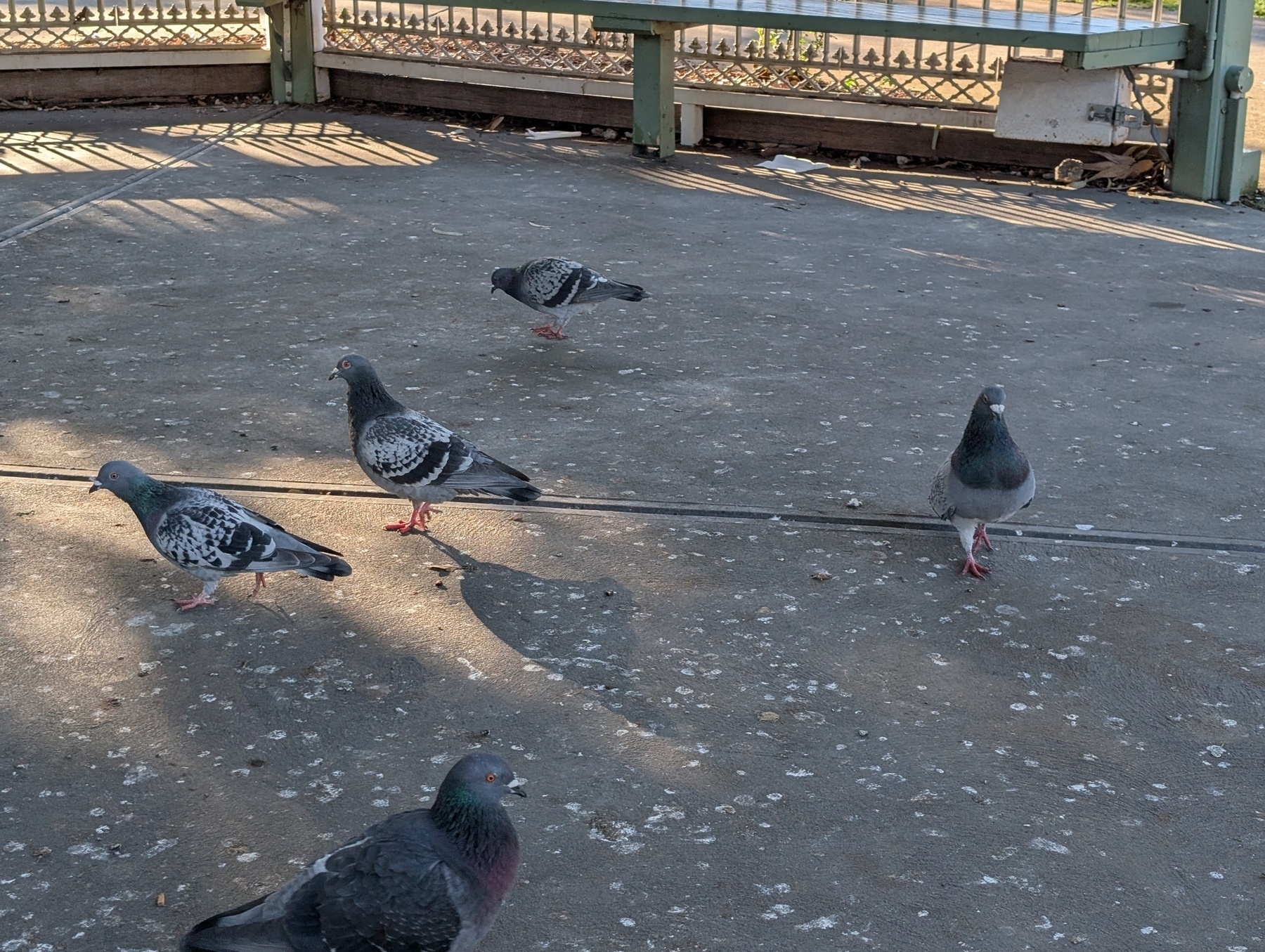

-

Finished reading: Silverthorn by Raymond E. Feist 📚
-
I’m a little disappointed at the state of home desks that are available. Many I saw today were quite small, leading me to wonder whether they’re being designed more for appearance, rather than for something to get work done. There were a few that look good, but they weren’t easy to find.
-
📘 Devlog
Trying OpenAI Codex to Produce Freelens Logo Creator
Using OpenAI Codex to make a logo generator tool to allow customisation for different clusters in Freelens. Continue reading →
-
When it comes to furnature shopping, it’s not a matter of wanting something. It’s a matter of the pain of not having something eventually outweighing the pain associated with going furnature shopping. 😀
-
Why do I prefer Markdown over WYSIWYG? Because if the WYSIWYG editor is buggy, you are shot out of luck trying to format your email/document/whatever the way you want. Looking at you, Mail.app for MacOS 15, which seems to have the buggiest bullets/numbering implementation I’ve ever used.
-
This week’s earworm’s an interesting one. It’s Intro, on the album Recomposed, by Carl Craig & Moritz Von Oswald. Finding a legitimate copy is tricky: I’ve only found this version of questionable provenance on YouTube Music. It’s also on Music for Programming, which is where I discovered it. 🎵
-
Got greeted this morning with the lovely smell of freshly cut grass in the park, mixed with a slight dampness from a little rainfall. Lovely.
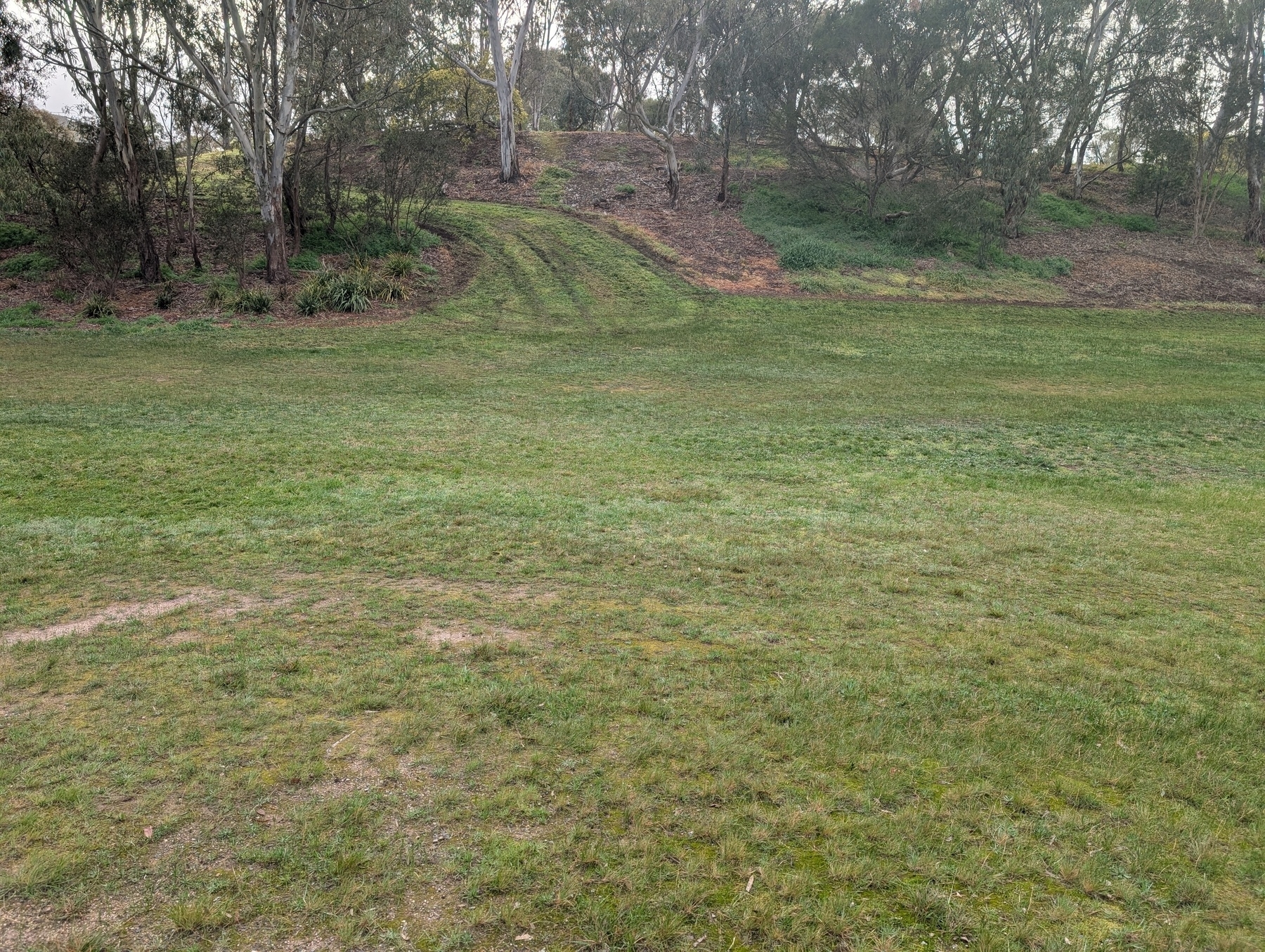
-
Under the heading Don’t be shy:
Tell everyone you see. Be a nuisance.
I find the hardest part of blogging is telling people I have a blog. 🙂
-
For anyone else using Vivaldi who wants Kagi as their default search engine, yet has had issues using Kagi’s Chrome extension to achieve this, try these instructions instead. It’s a manual process, but after doing it myself, it a process that seems to work better.
-
Driving Kubernetes config all day, a skill which I don’t really have nor have much interest in learning. I can find myself around a Kubernetes cluster — the app Freelens is great for that — and I’ve made some progress in getting a Helm chart deployed via Flux. But, it’s not doing much to keep me awake, or focus on the task at hand.
-
🔗 Manuel Moreale: On em dashes
What if they tweak the instructions next week and tell it to use more full stops or commas? What are we gonna do then? Stop using those as well? Hell no. I’ll keep writing however I want, and if someone decides to stop reading what I write because they suspect it’s AI-generated because I use too many em dashes, or parentheses, or any other punctuation or word or whatever, well, good riddance.
My feelings exactly. To stop using em dashes because of AI chatbots seems ludicrous to me.
-
Aren’t the “remember me” checkboxes on login forms a bit unnecessary? I’m almost always using my own computers so of course I want the website to remember me. Granted, this is not the case when I’m using a shared machine, but maybe a “this is not my computer” checkbox would be more useful there.
-
I kind of wish I cared about the Apple event. I mean, I’m glad others do, and there was one time in the past where I did, at least vicariously (I don’t have an iPhone). But recently? 🤷 Might be that it’s a maturing product category, and that any advancements are incremental at best. Or maybe it’s just age, and being around long enough to have seen it all before. In either case, it’s getting harder to be excited about something that you yourself don’t use.
-
Apparently it takes Spotify to raise their price by $2.00 for me to cancel my subscription. I guess it acts like a good reminder of how much I was paying a month for a service I barely used. YouTube Music will be my secondary music service now (Alto is, and always will be, primary).
-
Ending the day on a win. Managed to diagnose and resolve a slow PostgreSQL query by creating an index, and also managed to configure Istio to allow communication between two Kubernetes cluster. These are super esoteric, and I’m not expecting anyone to care. Still, it’s good to leave work on a high.
-
I can’t for the life of me get this Docker image updated. I’ve tried deploying it to Kubernetes multiple times and it’s just refusing to launch any version newer than 4 commits ago. I may have to deploy via CI/CD, which will work, but is much slower than from the command line. ⏳
-
Really enjoyed this discussion on the latest Shoptalk show discussing why one would want a website. I disagree with the idea that restauranteurs can get away with just an Instagram. Restaurant websites generally suck, but I'm not sure what I'll do if they aren't around, and I can't see their menu.
Oh, and P.S. I don't know how to use Instagram.
-
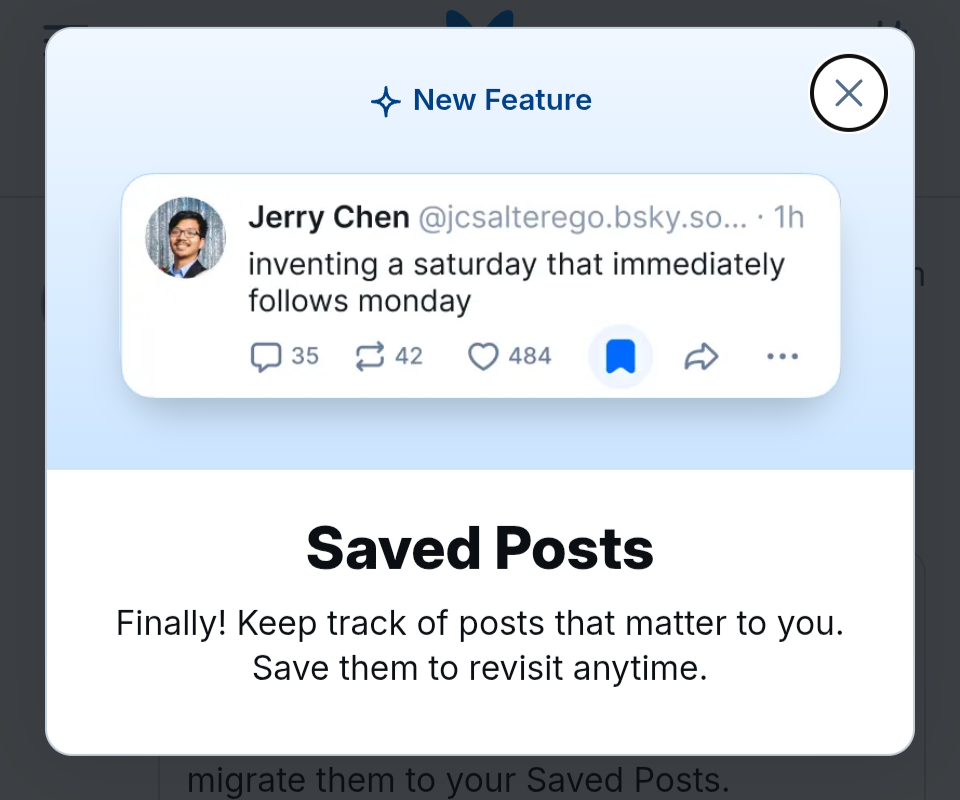
Finally indeed.
-
I’ve been looking forward to this as a general train enthusiast. Then I realised it can improve my commute home. Now I’m really looking forward to this.
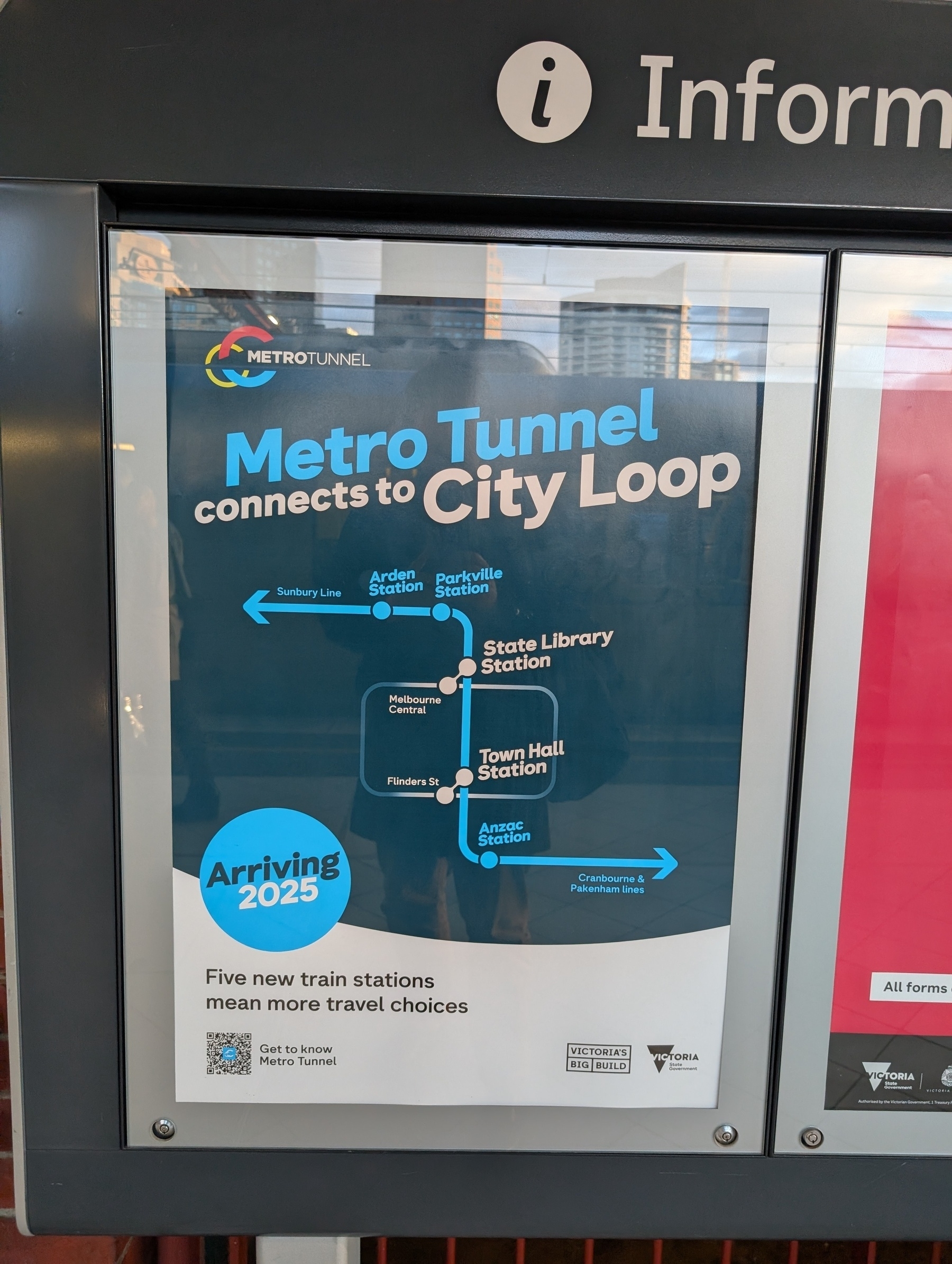
-
Speaking of Dequoter, in “celebration” of the upcoming release of MacOS 26, I styled the command palette a little, adding a transmissive blur to give it a glass effect:

It’s a shame I can’t style the options of the select element. It would be nice to increase their margins a bit.
-
Ah, MacOS’s locked-down nature strikes again! Was testing the CI/CD build for Dequoter and after downloading the artefact and attempting to open it, I got this warning message:
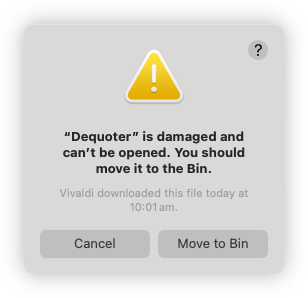
Turn’s out it was being quarantined by MacOS, and these instructions resolved the issue.
The binaries not notarised so I wasn’t expecting it to work out of the box. I was hoping that it would do that thing where the app will be listed in settings and I can allow it to launch from there, but I guess there’s something about where this file came from that was too much from MacOS. Ah well, I can live with this for the short term.
-
Father’s Day over here. Saw a family in the cafe with the father and son wearing matching Bluey T-shirt’s, with the message on the son’s T-shirt saying “My Dad’s awesome” and the Dad’s saying “Dad goals.” Like that idea.
-
🔗 HN Comment by IanCal in a discussion about RDF (emphasis added):
Someone will suggest modelling to solve this but here lies the biggest problem: The correct modelling depends on the questions you want to answer. Our modelling had good tradeoffs for mapping academic citation tracking. It had bad modelling for legal ownership. There isn’t one modelling that solves both well.
That may be why I was turned off by RDF all those years ago. One seeks to model a domain, but domains can be extremely complicated, and even if you cover everything, it’s still only one domain. But the biggest crime is assuming that the model is necessary for all use cases. And it just isn’t. Does every website that tracks books need to know the full legal name, publisher name, the legal entity of the company that supplied the typesetting? Simplify, man.
Via: Simon Willison
-
📘 Devlog
Dequoter — Something Different Today
A new project called Dequoter was started to unquote a JSON string and filter it, utilizing Go for backend functionality and HTML for the frontend. Continue reading →